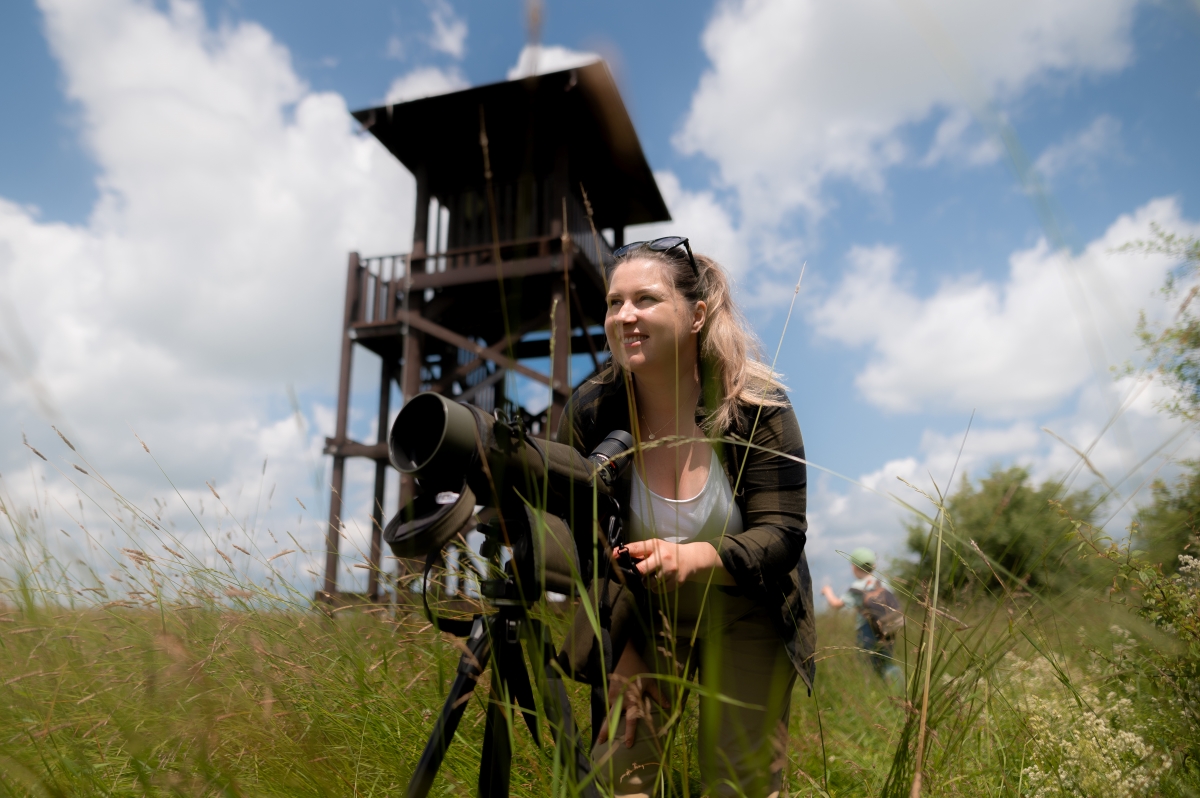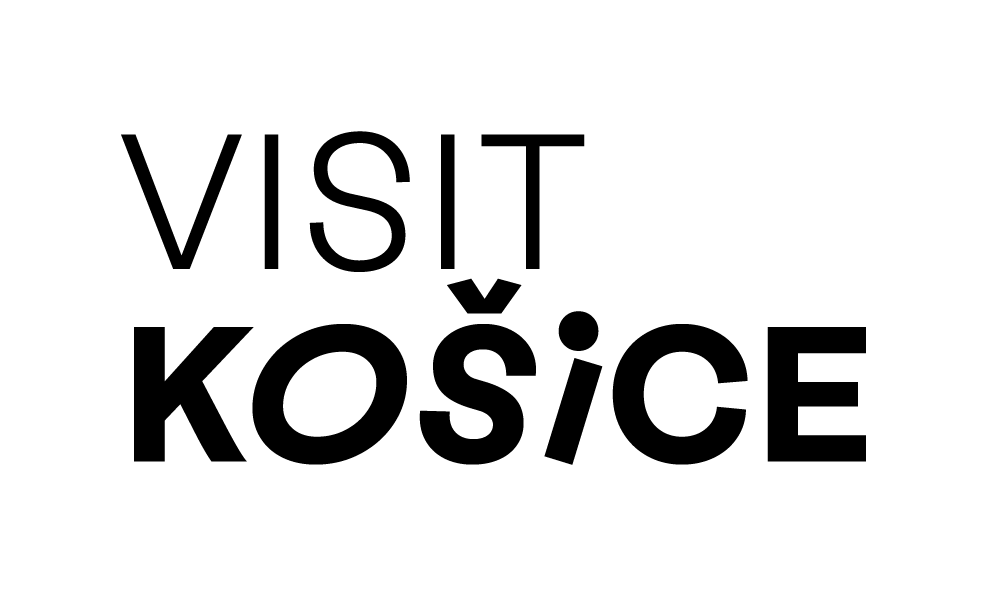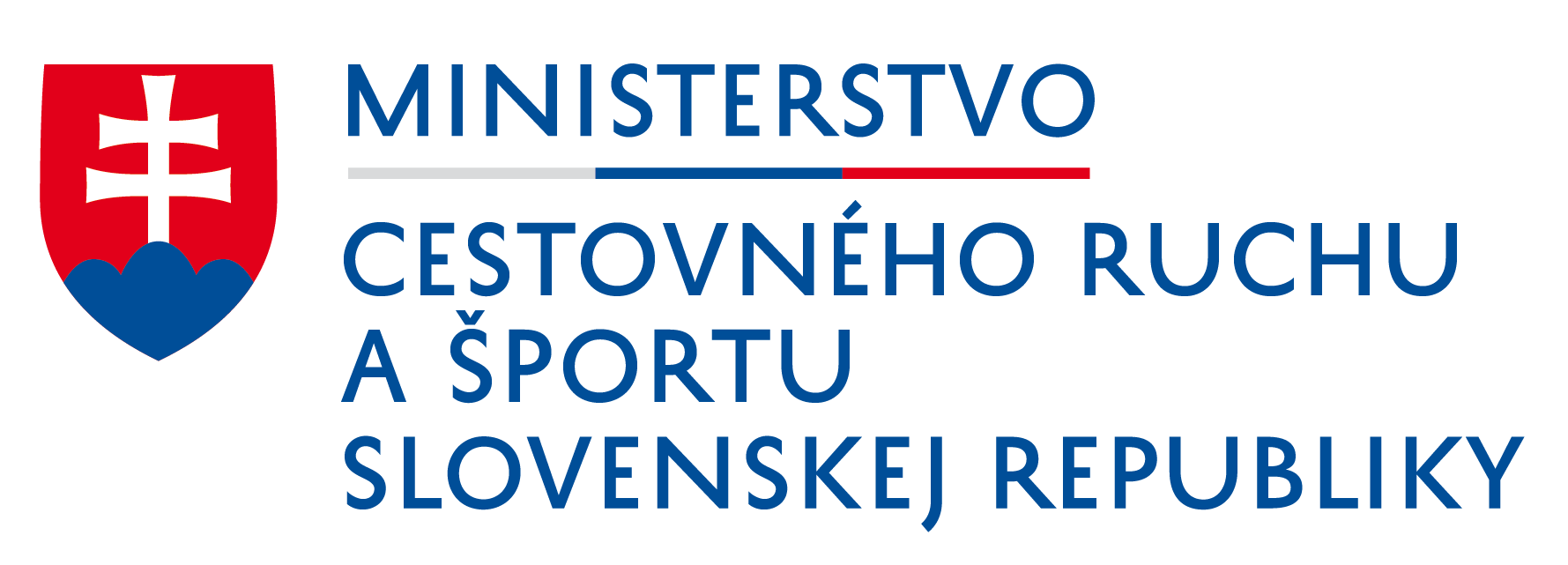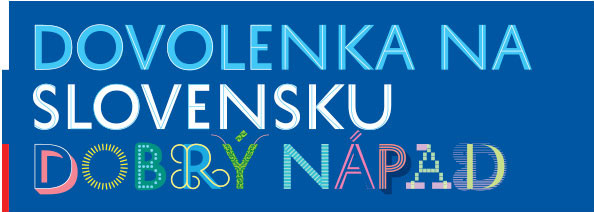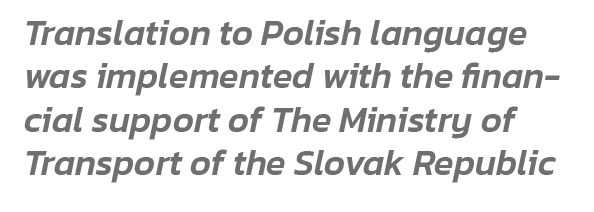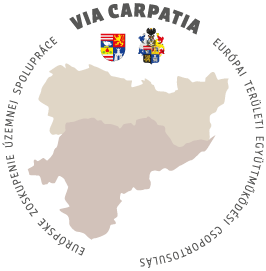: Autumn spectacle with a scenery and backgrounds that you are pretty unlikely to see anywhere else in Slovakia.
You may come to enjoy the spectacle with hundreds of protagonists on the stage of the Senné overgrown areas of lakes or ponds, where birdsong knows no rivals. Autumn is the time of year when many birds start their migration. The Senné Ponds and the Bird Paradise near the village of Senné are given the lead in the unique sighting of stretching flocks, resting groups, and breathtaking flyovers. It’s a picturesque area that attracts cyclists or enthusiasts of walks filled with tranquillity.
One is enchanted by the wide meadows, wetlands full of the cawing of rare birds, from which the graceful flight of herons emerges. The atmosphere is complemented by stampeding ducks, majestic swans, energetic waders, or graceful and attentive birds of prey circling high overhead. Heavenly scenes bring a sense of lightness and relaxation.
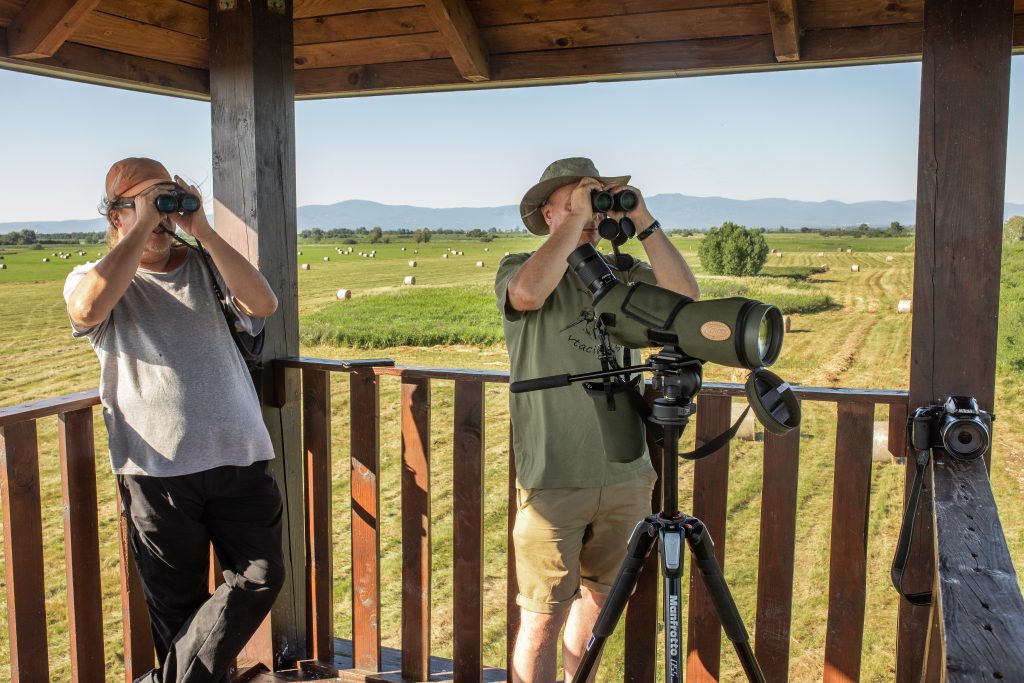
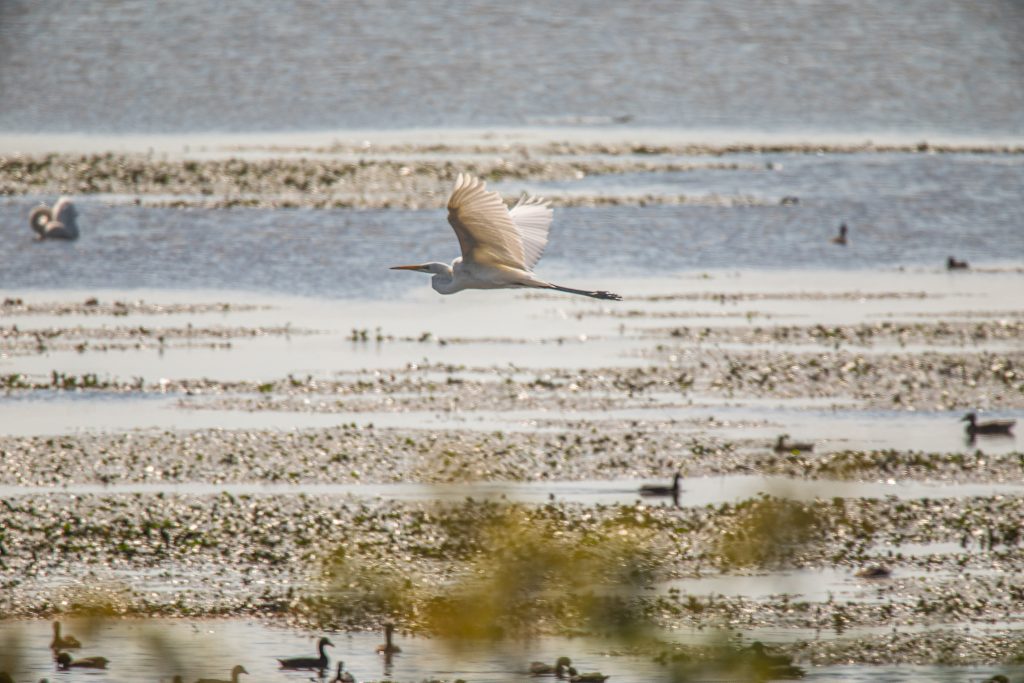
:Autumn flyover
The Senné wetland has always attracted countless species of birds, which partly nested here, partly rested during their migratory flights over the Carpathian ridges. The gathering places of migratory flocks are relatively small areas where a huge number of birds are concentrated in a tiny area.
Tens of thousands of geese stay over the area and on roosting sites from November to Christmas. Winter is a difficult time for the birds to survive, as they must deal with bad weather and lack of food. For several species of wetland-bound birds, this is the only or one of the few breeding sites in Slovakia.
A whopping 295 bird species have been recorded at this site and in its wider surroundings since the beginning of ornithological observations in Slovakia. 134 species have been documented as breeding. The Senne Ponds are also an important migration stopover during the spring migration.
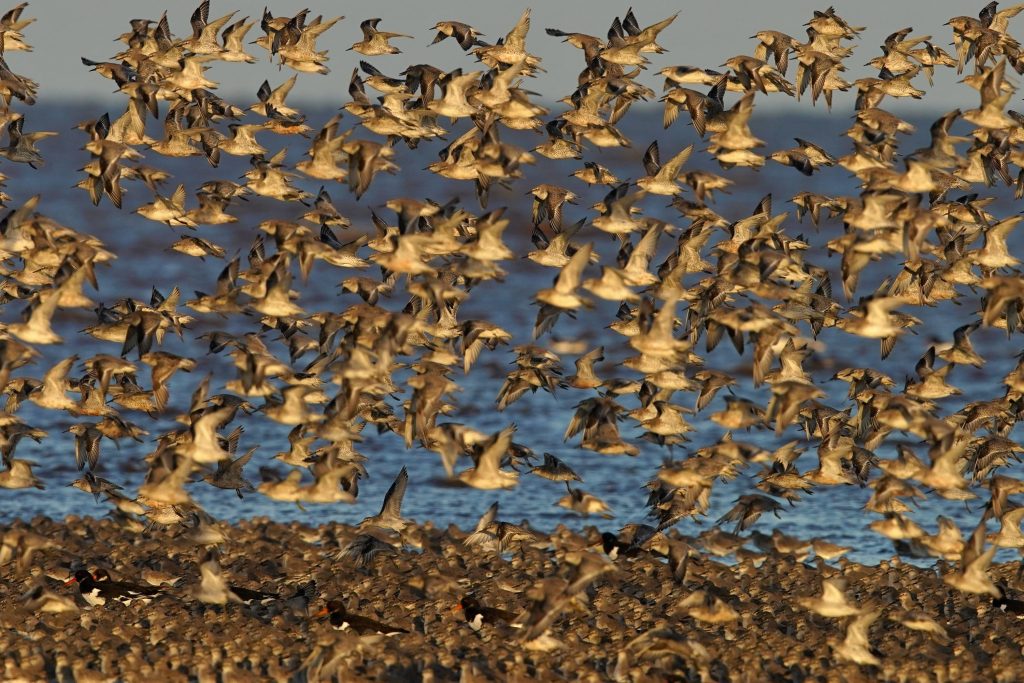
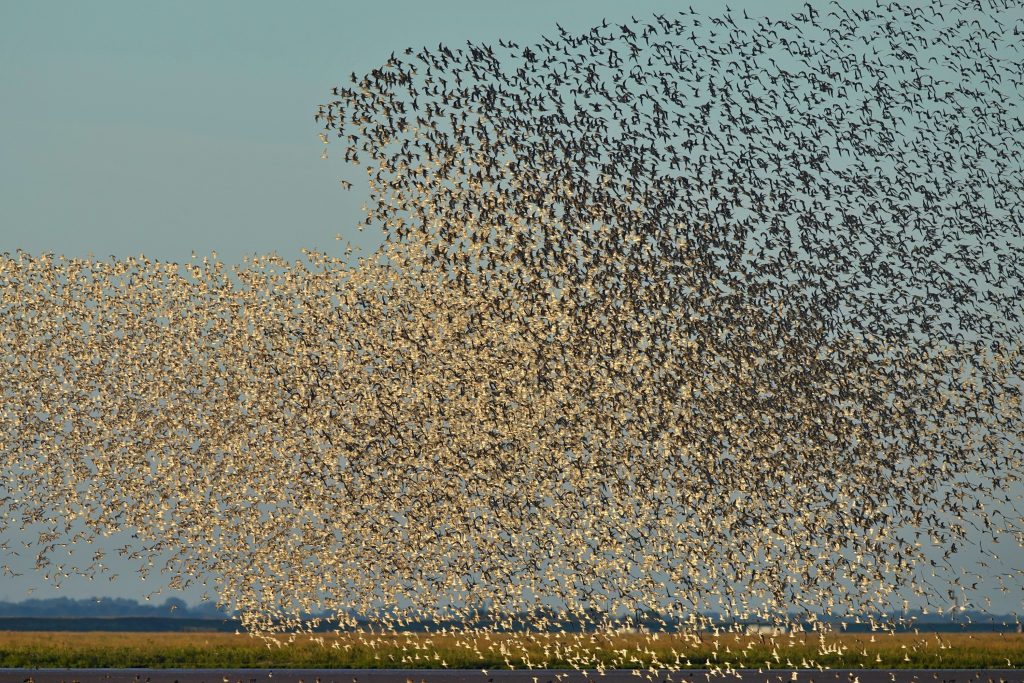
:One of the most significant ornithological sites in Central Europe
This “bird paradise” of international significance covers an area of 1,490 hectares. It is in the east of Slovakia – in the north-eastern part of the East Slovak Lowland, in the East Slovak Plain, at an altitude of 100 – 104 metres above sea level. It falls within the cadastral territories of the municipalities of Iňačovce, Senné, and Hažín ( district of Michalovce), Blatná Polianka and Blatné Remety (district of Sobrance).
The occurrence of 43 species of mammals has also been identified, and the area is important for the occurrence of plant communities of wetlands and wet meadows, for the occurrence of flat-winged warblers, butterflies, fish, amphibians, and reptiles. Its scientific and preservation significance has made the site an international one, which is why the Senné Ponds attract nature lovers and ornithologists not only from all over Slovakia, but also from Europe.
In the year 2000, the site was also recognised by BirdLife International as an IBA (Important Bird Area) in Europe.
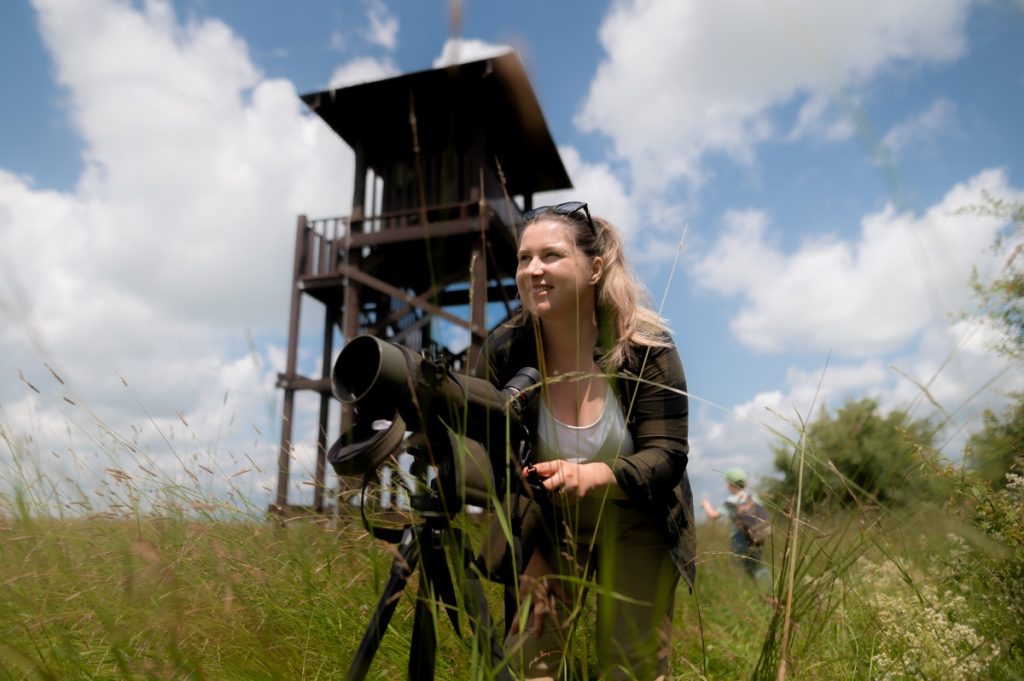
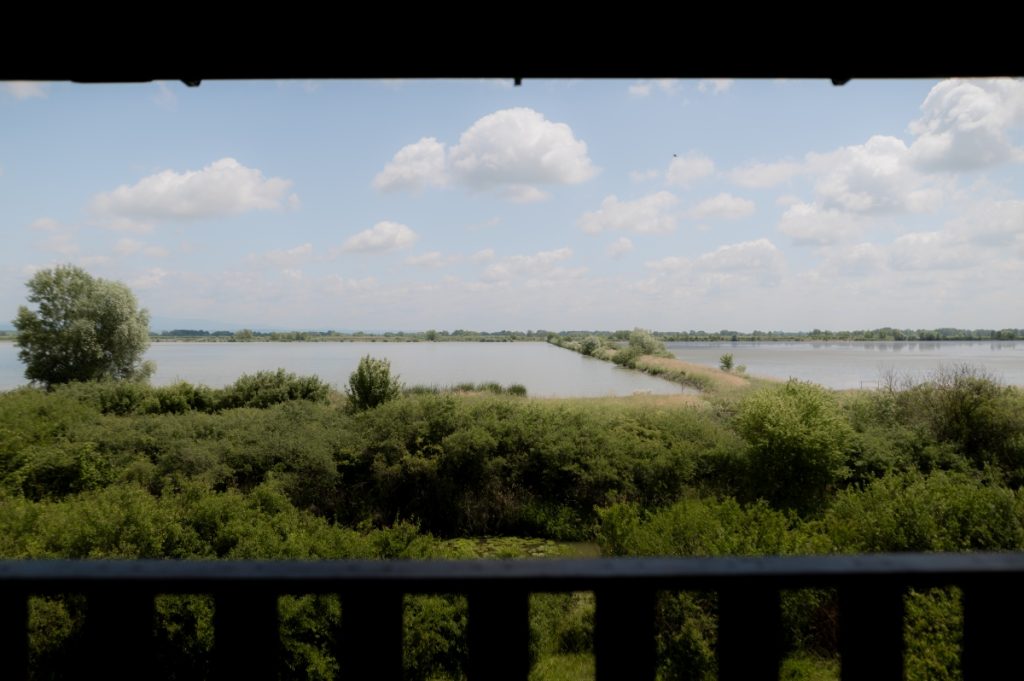
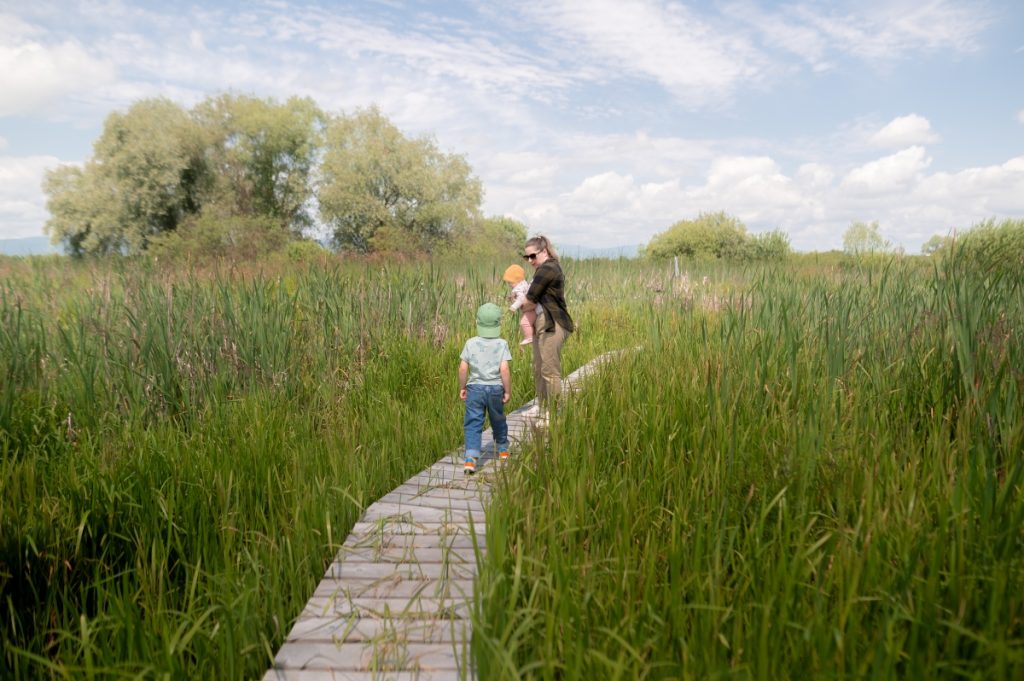
:Performers
Sports and recreational fishing enthusiasts will also enjoy the ponds. To make the trip more enjoyable, it is a good idea to at least prepare yourself and theoretically orient yourself in zoology, botany, or ornithology. One will then take away stronger and more lasting impressions. Therefore, treat yourself to a short tour of the bird pier – along with dozens of others, the national nature preserve is home to numerous populations of the Great Crested Grebe and the Tufted Duck.
The bird islands are inhabited by a colony of the Great Cormorant and the White-headed Gull. Visitors will also be attracted by the images of waterlogged willow groves, which shelter colonies of Night Heron, Little Egret, and Little Egret. The stands of aquatic vegetation are home to Whiskered Tern and Water Rail. Many different species of wild ducks, geese, grebes, gulls, terns, herons, egrets, and many others can also be seen with the naked eye.
Apart from birds, other animals such as Muskrat Beaver, Fitch, or Polecat have also found conditions for life on the ponds. Here, at Slovakia’s most important ornithological site, these flocks of geese, including other endangered rare species such as the Red-breasted Goose and the Lesser White-fronted Goose, have created a roost on the ponds.
The main fish species kept here include Carp, Grass Carp, Tilapia, Catfish, Pike, and others. The flora is also unique, with 291 species of plants identified during research, 22 of which are endangered, rare, or vulnerable ones.
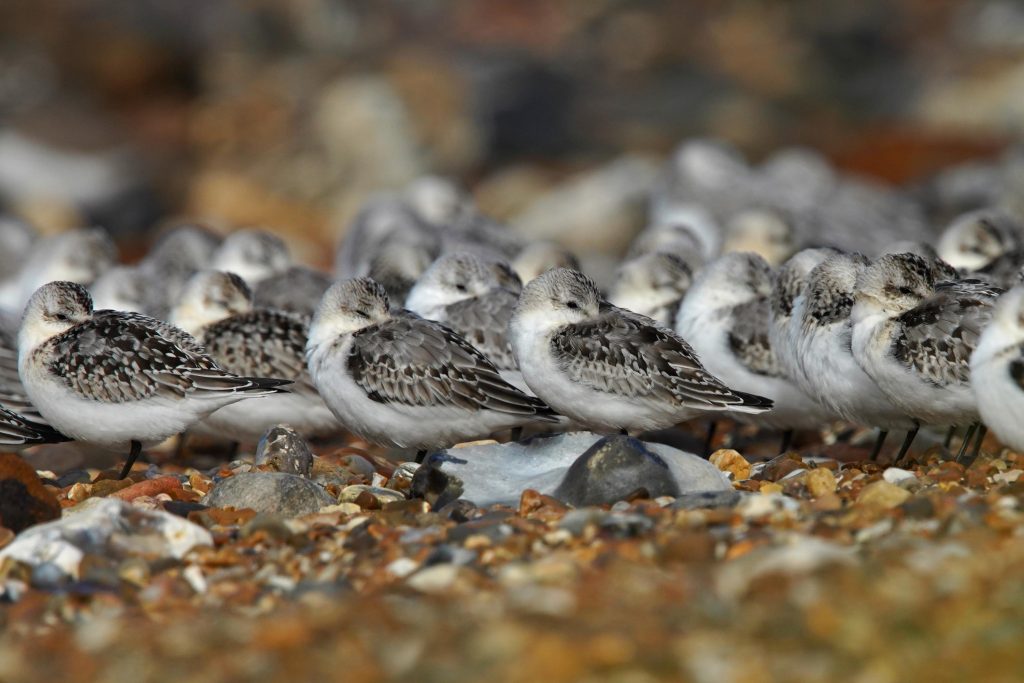
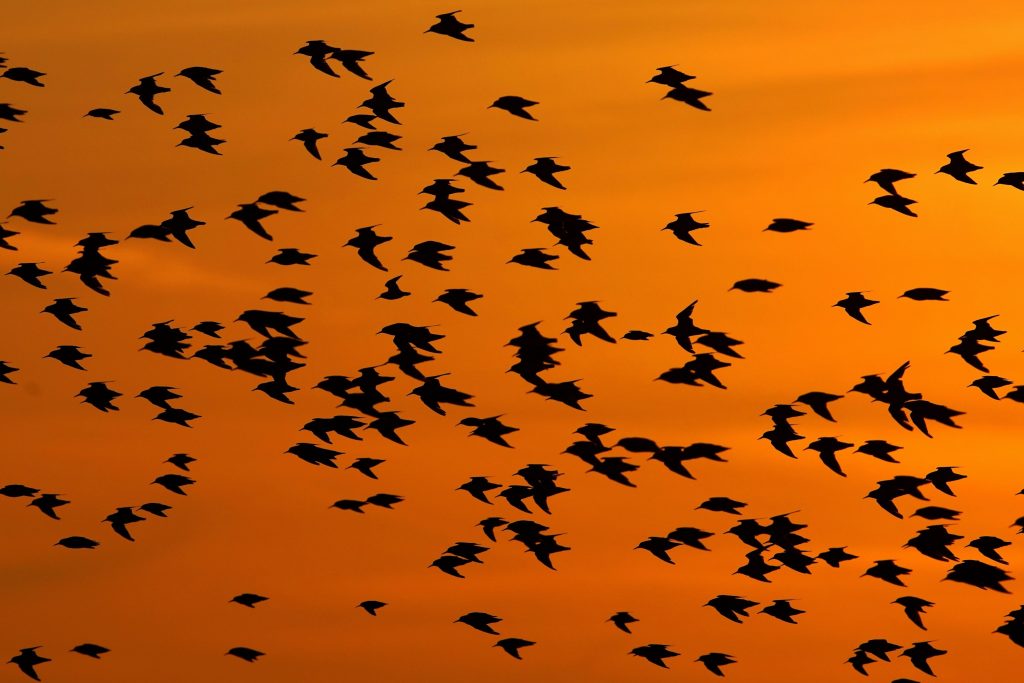
:Learn something new along the guided trail
All this can be admired during a walk along the Vtáčí Raj (Birds Paradise) guided trail, which is part of the National Nature Preserve Senianske Rybníky (Senné Ponds). It will draw you into the world of rare birds, fish, wet meadows and wetlands. The trail includes instruction boards, a wooden wetland bridge, and the Kukáň land artwork. There are also excellent views of the entire flatlands from the lookout towers. It’s a good idea to pack binoculars for the trip, but you can also treat yourself to great views of migrating birds.
The site is well signposted, there are boards with lots of interesting information. The colour of the area is completed by a traditional fan well, a singing bird audio board, or a cover wall to observe rare bird species. Here, nothing stops you from soaking up the atmosphere and the beauty of watching this rare migration. There is also the publication Kam za Vtákmi, Východné Slovensko (Where to Go Birdwatching, Eastern Slovakia).
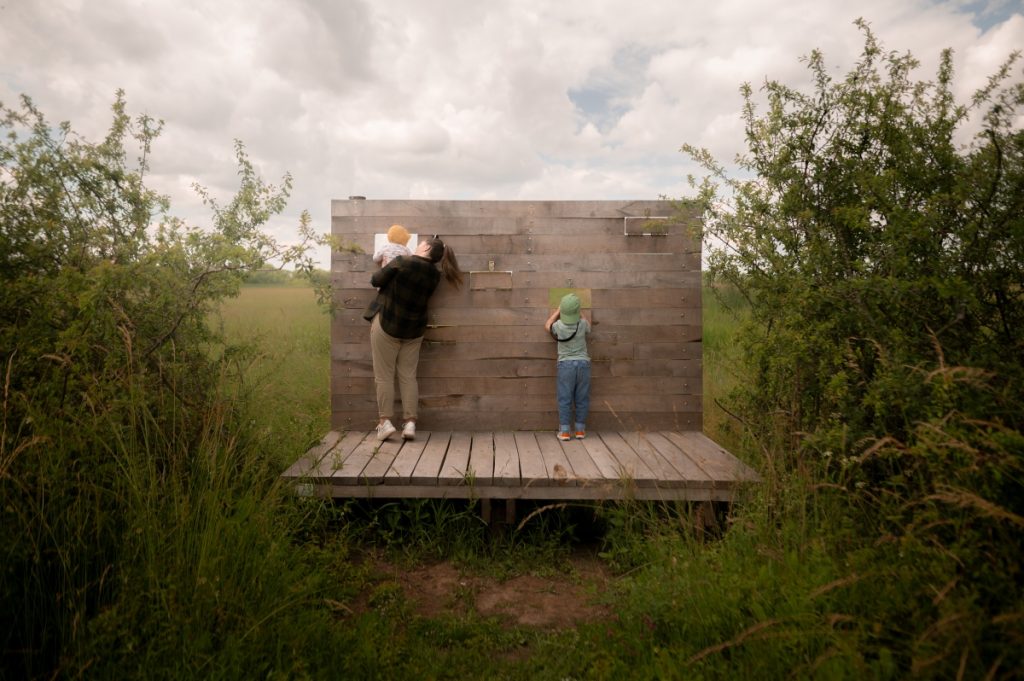
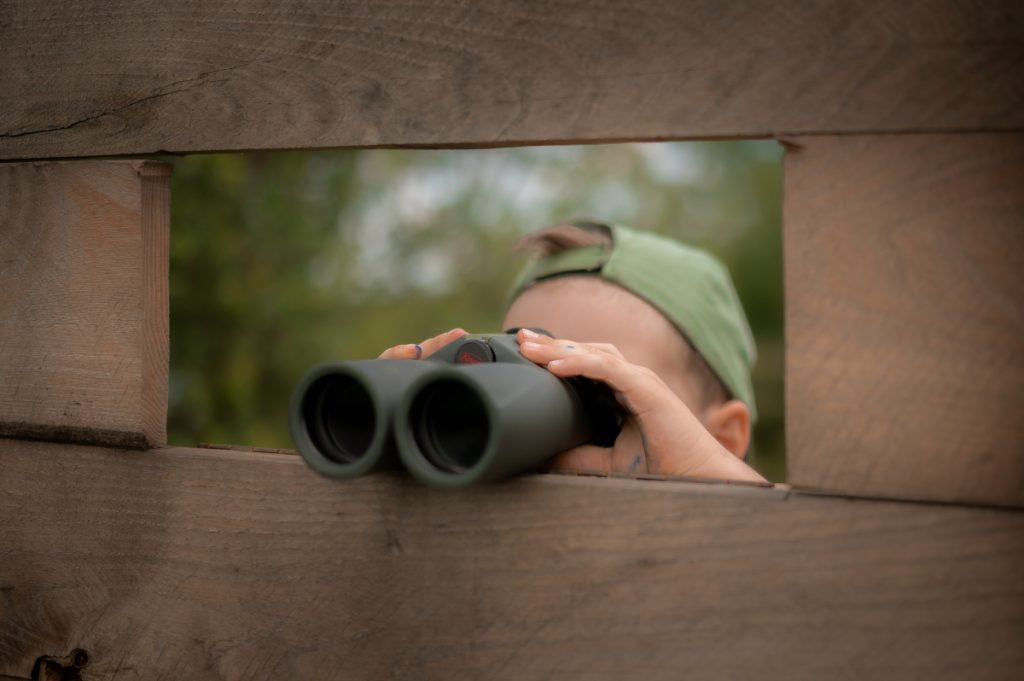
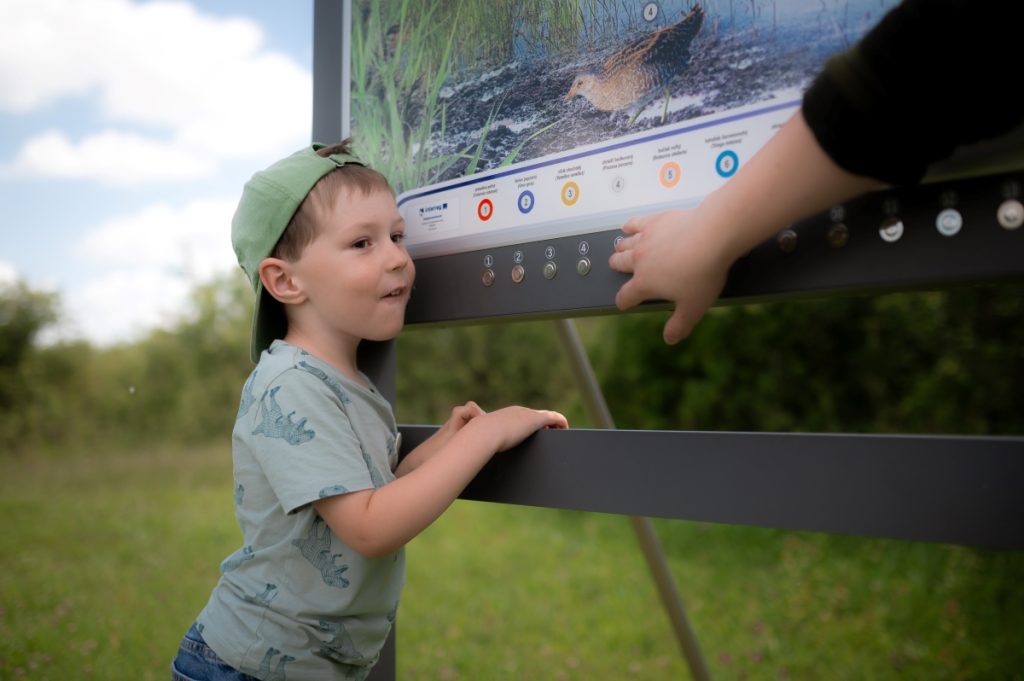
:The Art of Nature and Man Kukaň in the scenery of the Senné Wetland
The specifics of the Senmé Ponds area are responded to by the work Kukaň, whose design was inspired by the relationship between birds and their preservationists. A pair of freestanding objects grows out of the ground at the entrance to the bird paradise and its appearance resembles tall flowers. The two objects can be divided into two main parts – the column (stem) and the flower. The columns are based on thinking about the architecture of nests, the way birds construct their living structures. They combine the principles of successive connections of elements and the composition of matter from different (found) materials.
At the same time, the objects follow the construction of man-made auxiliary dwellings, such as stork nesting poles, birdhouses, or floating nests. The upper part – the leaves of the flower – are made up of elongated baskets with an opening towards the centre. These are hand-knitted vessels, created using basketry techniques from willow wicker, a material associated with the local wetland landscape, with the hand-knitting of the natural material inspired by the building of nests. The base and support of the objects are based on the compositional principles of technical structures.
The Kukaň also comments on the different forms of coexistence between humans and birds through the variability of its possible uses, as it can be understood as a lookout designed for birds and a nest created by humans.
In the village of Senné, a few minutes on foot from the manor house on the left, there is the Avescentrum – a volunteer and information centre, which is housed in the farmhouse. The SOS Bird Life Slovakia organisation is active in the locality, which tries to preserve the Bird Paradise for migrating birds from various far-away regions, including the coast of Africa. Every year in spring, the event Welcoming the Storks is held there, where it is possible to observe the return of these noble birds to the Slovak ponds.
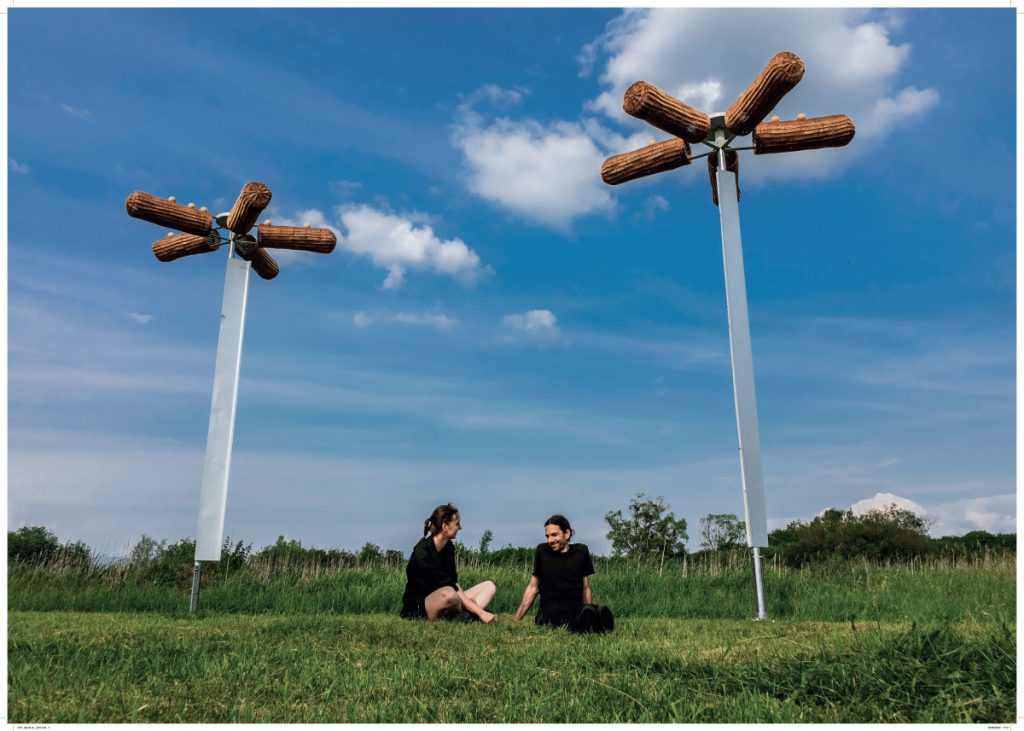
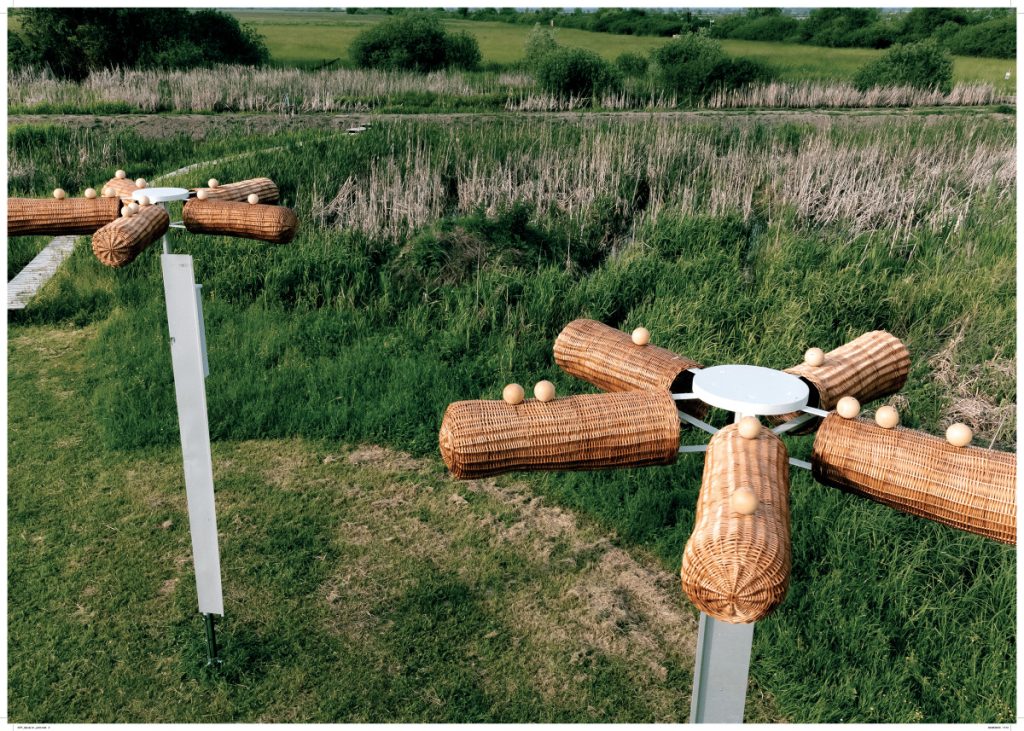
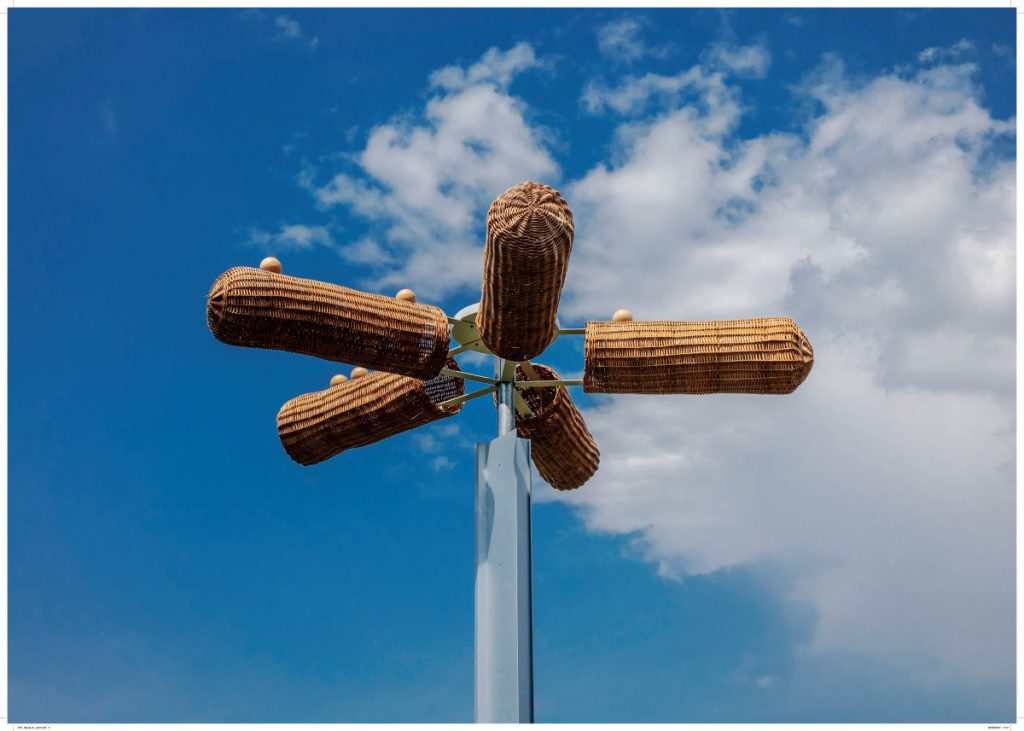
:Tips for trips in the area
And if you do visit Zemplín, you can also visit other remarkable places of nature, such as Jovsianska Hrabina, Kopčianske Slanisko, Slavkovské Slanisko, or Vinianska Dtráň. You will not miss Zemplínska Šírava and you will certainly be attracted by the Baroque-Classical Manor House in the heart of Zemplín – in Michalovce or the Michalovce Observatory. The only museum of emigration in Central Europe, Kasigarda, located in nearby Ťahyňa, is also unique here.
An unusual place, however, might be a visit to the nearby Vysoká nad Uhom, the youngest pilgrimage site in Slovakia, where Blessed Anna Kolesárová lived and was murdered. There is a pilgrimage house in the village, but also abundant information on this young Slovak saint. In the church. there is a unique reliquary and in the cemetery. there is a grave where her remains were buried from the time of her funeral (23 November 1944) until her exhumation (28 April 2018). She was beatified on 1 September 2018 in Košice.
#krajsveta #kosickysvetovykraj #InterregSKHU #BuildingPartnership #EuropeanUnion #BirdTour



